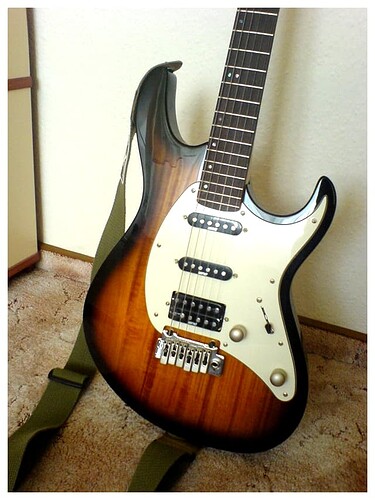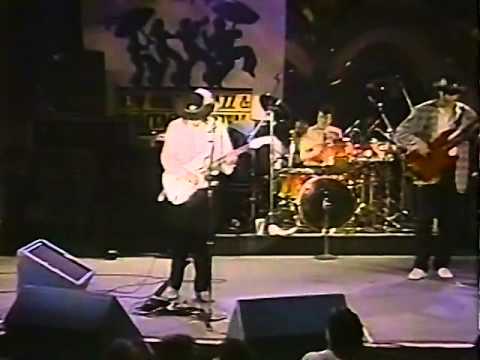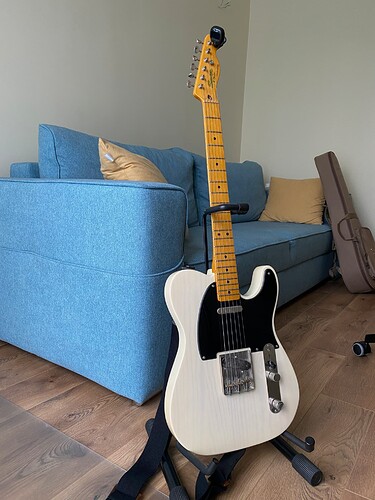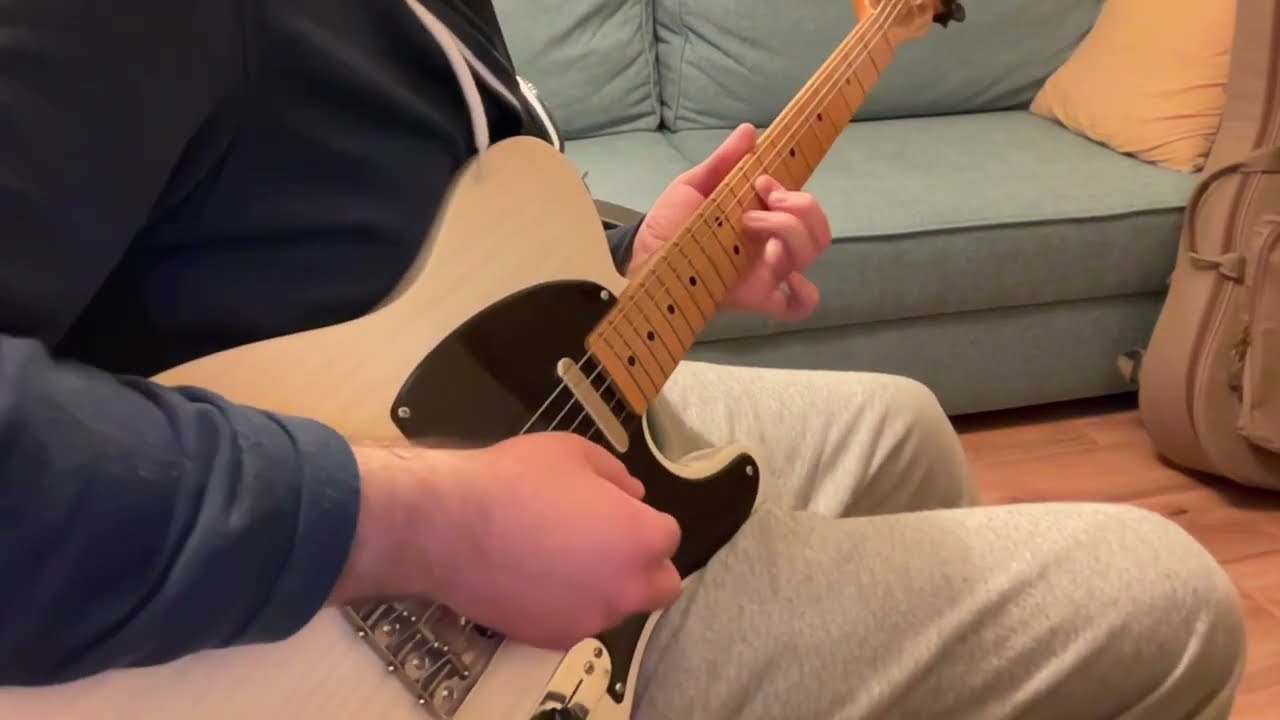Here is what I have learned about recording electric guitar from 2022 till August 2023. 
First, let me ask a question. What are the must-have components that make up the recorded guitar sound? The sound you hear on the records when listening with headphones or at live concerts through a PA / sound system?
- Guitar amp.
- Guitar cabinet and speaker.
- A microphone recording the sound positioned relatively close to the guitar speaker.
All these components can be real or simulated by various devices and software. Guitar cabinet and speaker simulation are often called IR (Impulse Response).
See these components in the image below:
(source: Universal Audio OX documentation)
Each of these components has a massive impact on the guitar tone. For example, see how the position of the microphone influences the recorded tone (from 1:46):
Also, check how the speakers influence the tone too (from 27:12).
Additionally, what you hear in the room from the guitar amp versus what is recorded by a microphone close to the speaker will sound drastically different. The recorded tone may sound bad in isolation, but it could sound amazing in the mix with the rest of the instruments.
You can learn more about this from this video:
When playing with headphones where you hear the recorded tone, you can enhance it with reverb and delay effects to make it feel more like the amp in the room.
When recording a guitar, ensure that the input signal is not too high so that it is not clipping. Unless this is what you’re going for. 
And finally, you can further shape your tone with various effect pedals: compressors, overdrives, modulation effects (e.g., chorus), etc. And even try a more complex setup with multiple amps, microphones, etc. - either simulated or real.
Below, you can check my samples of recording the electric guitar using various approaches:
- Using a smartphone to record audio, capturing the sound projected by a digital Yamaha THR30II amp speaker.
- Using computer software that simulates amp, cabinet&speaker, and microphone.
- Using digital gear that simulates amp, cabinet&speaker, and microphone.
- Using a real tube amp, with a real cabinet&speaker, and using a condenser microphone to capture the sound from the speaker.
Using a smartphone to record audio, capturing the sound projected by a digital Yamaha THR30II amp speaker
Chain: Guitar → Digital desktop amp (Yamaha THR30II) with a speaker → Smartphone microphone placed in the room
This technique captures the sound in the room but hides the mistakes and makes it harder to evaluate the playing. It also captures unwanted sound, such as string noise, and will not work well in the mix with other instruments.
Examples:
Using computer software that simulates amp, cabinet&speaker, and microphone.
Chain: Guitar → Yamaha THR30II acting as recording interface that captures dry sound → DAW Software in a computer → Neural DSP Tone King plugin
I love the tone that I can get with this plugin, but I don’t appreciate having to start the computer to be able to play. However, it’s nice to record a dry signal once and experiment with the plugin settings.
Example:
Using digital gear (Yamaha THR 30II) that simulates amp, cabinet&speaker and a microphone
Chain: Guitar → Digital desktop amp (Yamaha THR30II) that simulates amp, cabinet, speaker and microphone → DAW software in the computer
I was happy with the result, but it took much tweaking to find my desired tone. Interestingly, it was much easier to dial in the tone to sound fantastic with THR30II through its speaker than when recording it via direct out.
Examples:
Sample at sound cloud - just the lead tone, playing to a backing track.
Sample at sound cloud - the whole thing.
Sample at sound cloud - the whole thing, I test different tones in this recording.
Using pedal effects and digital gear (UAFX Dream’ 65) that simulates amp, cabinet&speaker and a microphone
Chain: Guitar → Various Guitar Effect Pedals (e.g., overdrive, chorus, reverb, delay, etc.) → UAFX Dream '65 simulating amp, cabinet, speaker, and microphone → Yamaha THR30II acting as recording interface → DAW Software in the computer
The UAFX Dream 65 provides a fantastic simulation of the amp, speaker, and microphone. It’s easy to get sweet sounds out of it and works great with pedals. Furthermore, I can take the pedalboard to the jam and get a similar tone as at home when playing through headphones or recording. Although I admit that GAS got me, and it’s way too many pedals for jam sessions now, it’s good to have more options at home and then take the few pedals I need to jam.
Examples:
Using a real tube amp, with a real cabinet&speaker, and using a condenser microphone to capture the sound from the speaker.
Chain: Guitar → Tube Amp → 68’ Custom Vibro Champ Reverb Tube Amp → Shure MV88+ Microphone placed a bit away from the amp also to capture some in-the-room sound → iPhone (because MV88+ is a mobile microphone)
It takes a lot more effort to record than with digital gear. You have to spend more time experimenting, for example, with microphone placement. I also had to record at the apartment’s safe volume to avoid disrupting neighbors. Because of this, the difference between the amp floor noise and the guitar sound was slight. And this made it very easy to hear the amp floor noise (hum and hiss) on the recording.
It’s fun to record a real amp, but using digital gear and software is much easier and more predictable at home.
There are approaches to using a tube amp and recording silently via reactive load boxes, such as OX | Amp Top Box | Universal Audio or Torpedo Series - Two notes. The sound goes not from the amp to its speaker but to this device, and it simulates what you would get from the speaker and the microphone. I have yet to try such an approach, but I’ve heard people getting excellent results.
Examples:
That’s it!  I hope that the above helps someone. If you want to learn more, I recommend checking Justin’s lessons about guitar recording techniques at https://www.justinguitar.com/. I also recommend watching a video I wish I’d seen when I started learning about this topic in 2022:
I hope that the above helps someone. If you want to learn more, I recommend checking Justin’s lessons about guitar recording techniques at https://www.justinguitar.com/. I also recommend watching a video I wish I’d seen when I started learning about this topic in 2022:
![]()
![]() I remember another customer walking in, taking this guitar, and playing the Smoke On The Water riff. I was amazed and did not even know what song it was.
I remember another customer walking in, taking this guitar, and playing the Smoke On The Water riff. I was amazed and did not even know what song it was. ![]()
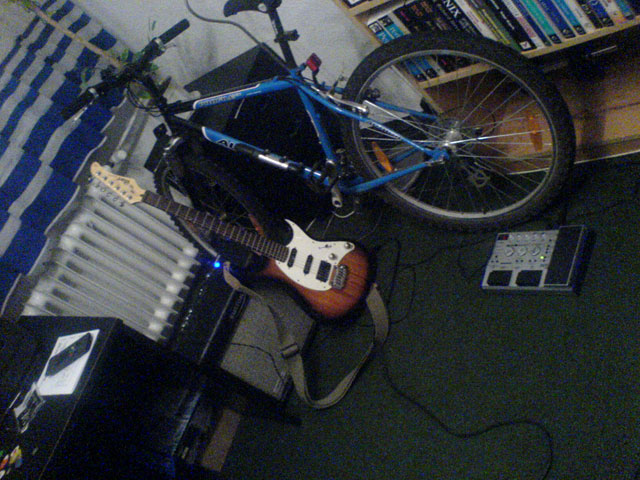
![]()

![BECK - Live Action Trailer - [ENG SUB]](https://justinguitarcommunity.b-cdn.net/original/3X/e/3/e396435ff4294a7bf27c630f3a37d435cd86ae55.jpeg)
